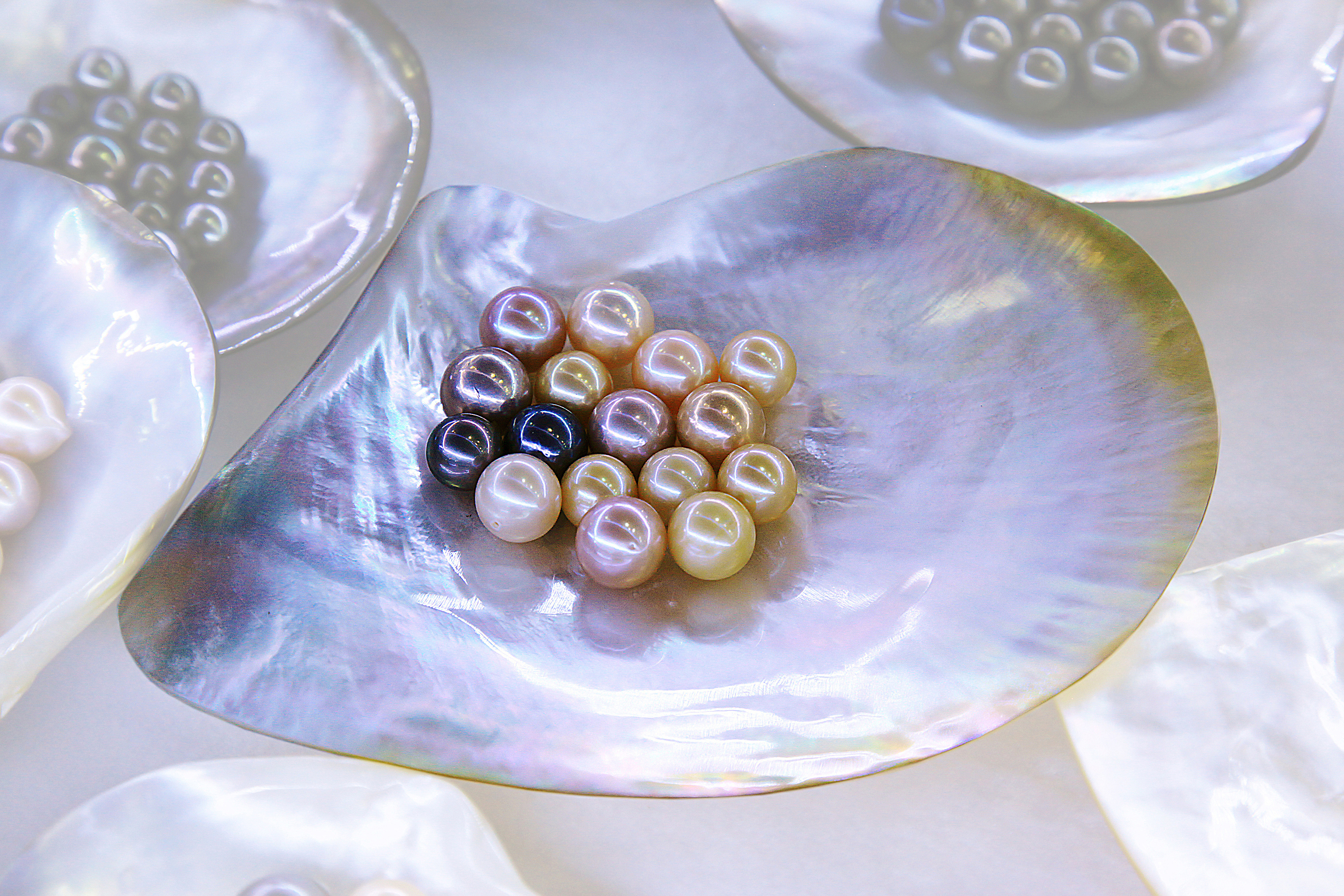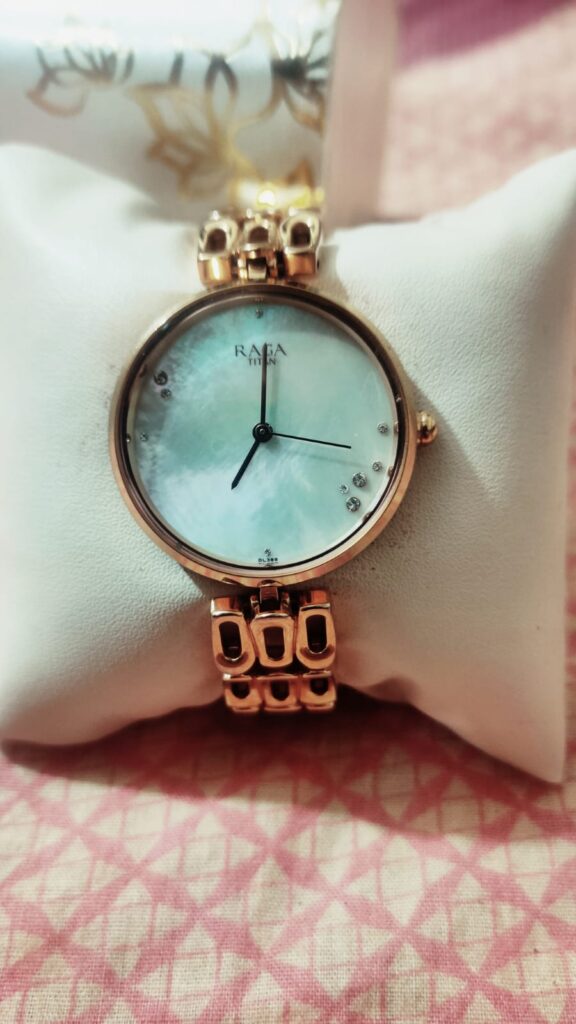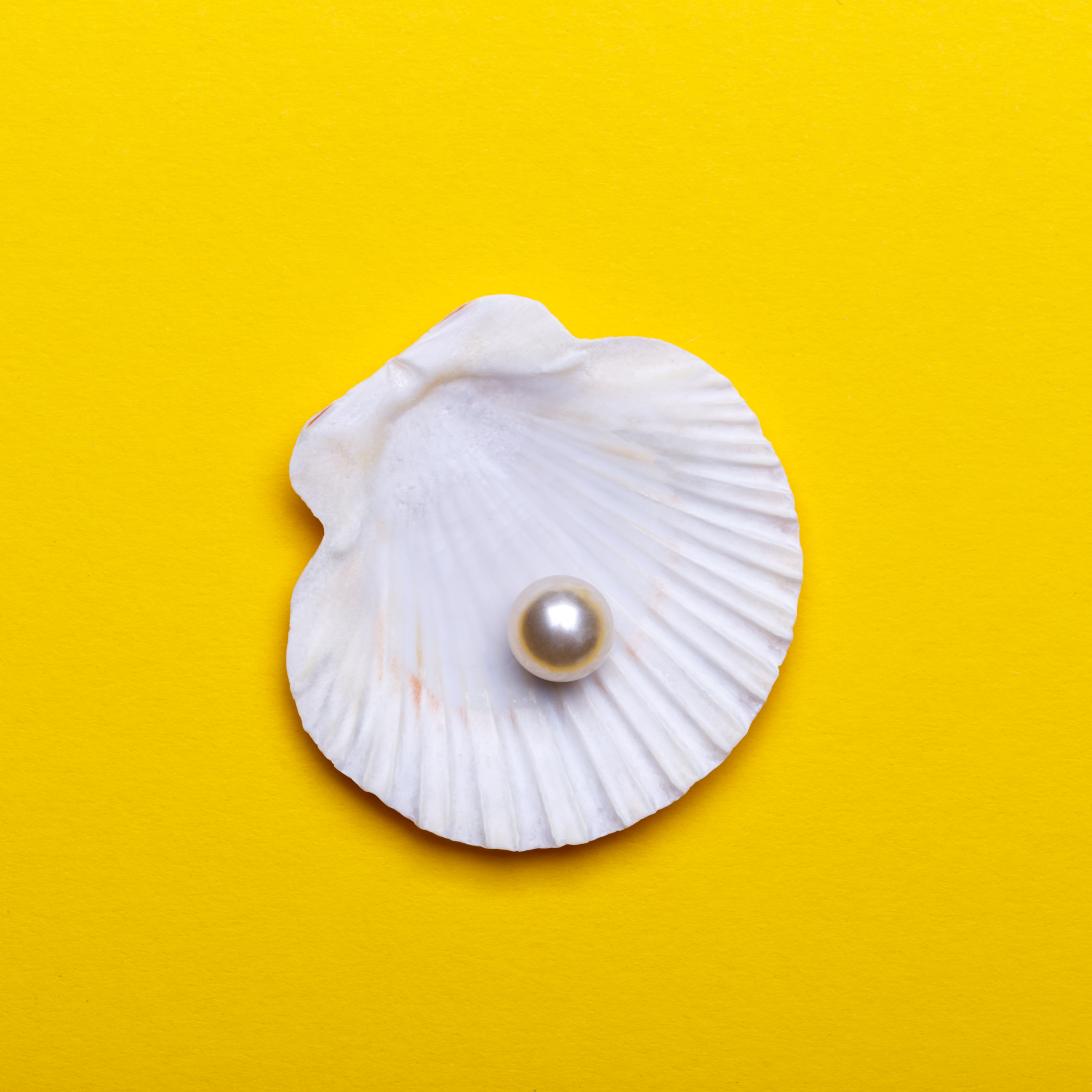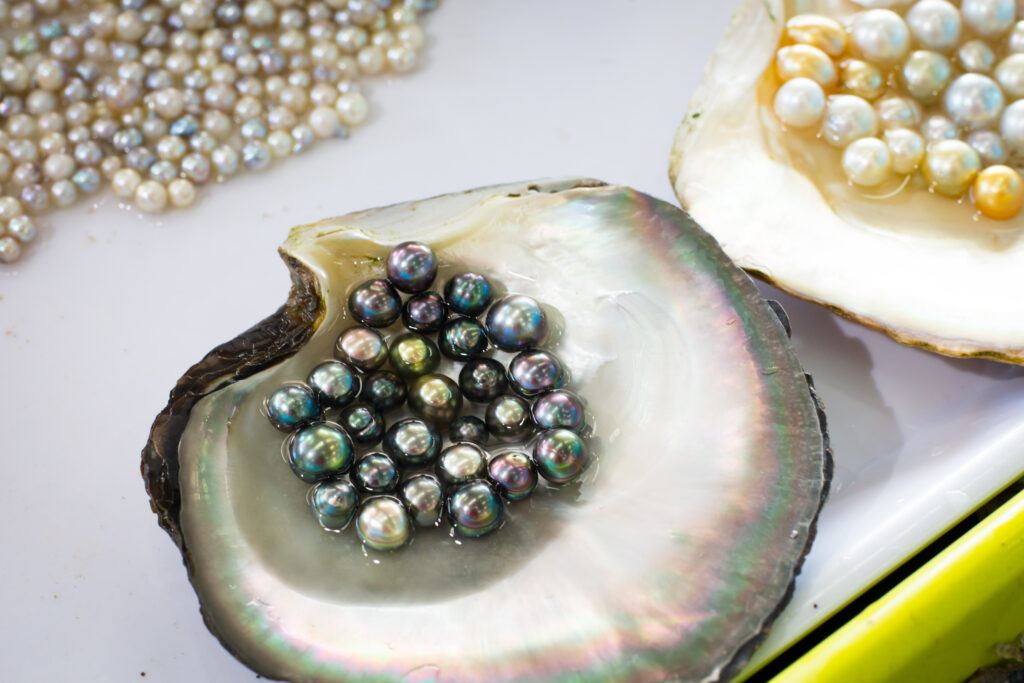
Mother of pearl dials, which may be found in some of the most gorgeous timepieces available, are rather striking when worn. That’s why people often prefer to gift them to their loved ones, but as it’s said “not all that glitters is gold”, the same is the case with mother of pearl. Pearls are obtained by indulging in cruelty. The substance is secreted by molluscs and is a crucial component of the inner-shell layer. It is also known as nacre, a term that originates from the 14th century French language. If you carefully examine their reinforced Armor, you’ll be able to see this right away. Viewing the iridescent pattern created by this gleaming substance is nearly captivating, and its beauty is further heightened when light reflects differently off its surface when viewed from different angles.


Although mother-of-pearl is as beautiful as it is, its extreme brittleness makes it difficult to deal with. Mother-of-pearl has historically been utilized in women’s watches since the early 1900s because of how well its texture matched the use of pricey materials like gold and diamonds in delicate, frequently jewelled timepieces.
Table of Contents
Where Do Pearls and Mother of Pearl Dials Come From?
A pearl is an ulcer that develops when a bothersome foreign item enters the oyster’s (or another animal’s) shell. In response, the oyster coats the invader with nacre, a crystalline material that gives pearls their shine. All bivalves, including mussels, clams, and scallops, have the ability to produce pearls, but oysters are the ones that the pearl business most frequently uses.
What Are Cultured Pearls?

Because pearls only naturally form in one oyster out of every 10,000 and because the formation of a pearl can take up to three years, pearl farmers have developed a method called “culturing,” often known as cultivating, that enables them to harvest oysters more quickly and profitably.
As part of the culturing process, farmers pry open the oysters’ shells and insert an irritant, frequently a bead or the mollusc tissue from another oyster. When in peril, oysters try to slither within their shells, clamping them shut. It’s likely terrifying and terrible for animals to have their protective shells prised open by humans. Although we are unsure if bivalves experience pain in the same way that we do, we can see that oysters close their shells tightly when they are startled by touch or even when they hear loud noises. They respond in a way that suggests they are aware of the possible risk involved in having their shell broken, especially given that this usually results in the death of half the oysters.
Farmers then move the oysters around and subject them to various water temperatures to shape, size, and colour the pearls in order to get the desired appearance. This cruelty doesn’t stop there. So that the pearl sac may be removed, the oysters are then split open once more.
Do Oysters Feel Pain When Making Pearls?
Being an invertebrate, oysters lack the human central nervous system. Whether oysters experience pain and irritability similarly to humans is a matter of debate in the scientific community.
Similar to the white blood cells our bodies release when we get a splinter, the nacre oysters produce is an autoimmune reaction to a foreign substance.
The biggest vegan problem is pearl harvesting, even if the process of making pearls is not painful to oysters.
Does Removing the Pearl Kill the Oyster?

The oysters are returned to the ocean for a second cycle in about one-third of the cases. All animals used to produce pearls are ultimately put to death, regardless of whether they go through another unpleasant ordeal. Their shells are used to make ornamental “mother of pearl,” and their meat is offered for sale to be consumed.
During each harvest season, an estimated one-third of oysters are not released into the ocean but are instead used for flesh and shell consumption.
Are Pearls Cancer to Clams?
This is a query that has gained a lot of traction on social media. The quick answer is no, pearls do not cause clam cancer.
Clams are a kind of mollusc that resembles oysters. Since pearls are uncommon in clams, clams are not employed in commercial cultured pearl production.
A foreign material, such as a sand or debris particle, must have become lodged inside the clam for a pearl to form. The clam develops an autoimmune reaction as a result.
In order to shield the foreign object from causing them discomfort or harm, the clam forms a protective layer of nacre around it. Instead of being comparable to cancer, this reaction is more like a human with a splinter.
Is Pearl Powder Vegan?
Pearls that have been ground into a fine powder are used in the creation of some cosmetic products. These cosmetics and skincare items aren’t vegan either because they contain real pearls. There are several of them that provide skin-smoothing and youth-extending advantages, so be sure to use those that are devoid of animal testing and components originating from animals.
Can You Buy Ethical Pearls?
The only ethical pearls available are those made of glass, alabaster, plastic, or other materials that have been created by humans. But some of these choices also have coatings made of substances derived from animals, such as isinglass, fish scales, oyster scales, and mother-of-pearl powder. It is advised to stay away from jewelry made of real or fake pearls. Fortunately, there are lots of other gorgeous accessories you may wear that won’t hurt animals!
Is Abalone Shell Vegan?
The bright nacre that covers the interior of a mollusc’s shell, similar to mother of pearl, is known as abalone shell. Abalone shell cannot be consumed by vegans since the mollusc must be killed in order to obtain the shell.
Are Faux or Synthetic Pearls Vegan?
While some artificial pearls are vegan, some are not. Let’s take a closer look at some of the most popular kinds of alternatives to cultured pearls.
Majorca Pearl
Pearls from Majorica are also known as Majorca pearls. Their fake pearls most nearly resemble real pearls; they are a brand with a Spanish registration.
In department stores, you may get this brand of artificial pearl.
They achieve this likeness by encasing each bead in a mother-of-pearl or fish scale combination, rendering them non-vegan.
Glass Bead Faux Pearls
Whether a generic imitation pearl is vegan or not can be challenging to determine. A paint or lacquer is typically applied to glass beads to create the majority of imitation pearls.
If the pearl bead exhibits any iridescence, it may also be covered in a non-vegan mother of pearl or fish scale coating.
Swarovski Pearls
Swarovski pearls have an exclusive iridescent coating that is vegan-friendly and are produced with a crystal core.
Most people won’t be able to distinguish between these crystal pearls and cultured pearls due to their similarity. High-end and durable pearl patterns by Swarovski are available.
Beaded Jewellery
You can obtain the look of a beaded necklace without pearls if that’s what you want. Without using pearls, you may get the desired look using stone beads because they come in every colour and size.
Conclusion
There is occasionally ambiguity regarding whether pearls are vegan, however they are obviously not vegan since they originate from an animal. Thankfully, there are pearl substitutes and vegan watches that vegans can use to obtain the same appearance as pearls.
2 Comments
Leave a Reply Cancel reply
You must be logged in to post a comment.


Sheena
well written
Sheena
Well written! ✨